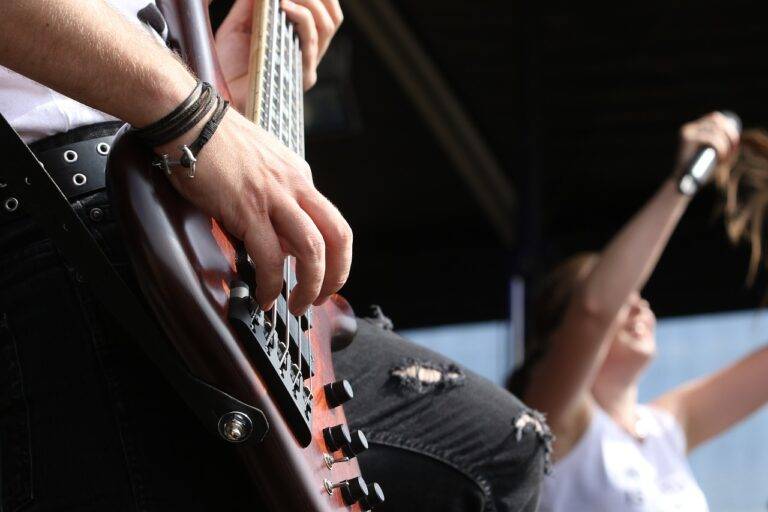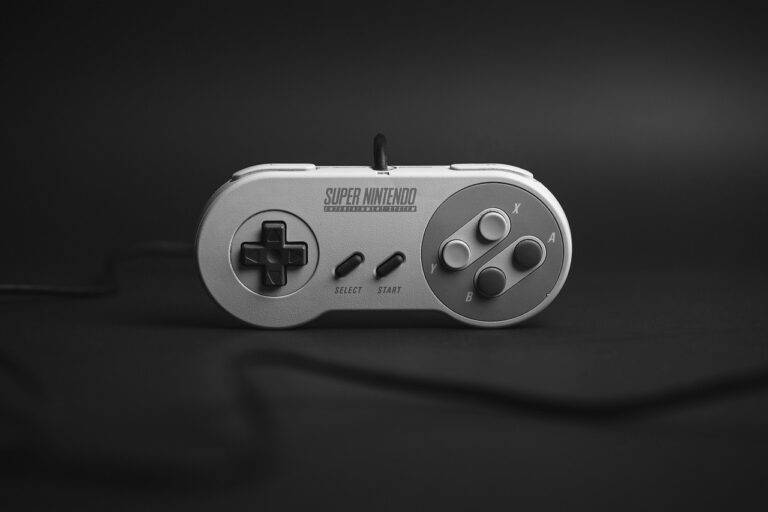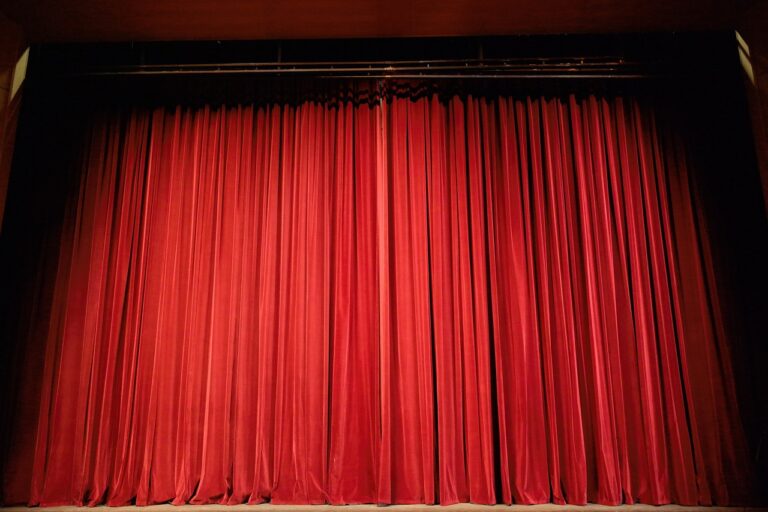The Future of 3D Printing in Set Design and Props
With the rapid advancement of 3D printing technology, the world of set design and prop making has been revolutionized. Gone are the days of traditional methods that were time-consuming and limited in capabilities. 3D printing allows designers and artists to bring their visions to life with intricate details and complex designs that were once difficult to achieve.
One of the key advantages of 3D printing in set design and prop making is the flexibility it offers in creating customized and unique pieces. Designers now have the freedom to experiment with shapes, textures, and sizes that were previously challenging to produce. This technology has opened up new possibilities for creating props and sets that enhance the overall production value of films, TV shows, and theatrical performances.
Impact of 3D Printing on Set Design and Prop Making
3D printing technology has revolutionized the landscape of set design and prop making in the entertainment industry. The ability to quickly and cost-effectively create intricate, customized pieces has opened up a world of possibilities for designers. With 3D printing, intricate details that were once time-consuming and expensive to produce can now be realized with ease, allowing for greater creativity and innovation in bringing fictional worlds to life on stage and screen.
Moreover, the speed at which 3D printing can produce props and set pieces has drastically reduced production timelines, enabling designers to iterate and refine their creations more efficiently. This accelerated production process not only saves time but also enables designers to respond quickly to feedback and make adjustments on the fly, ensuring that the final product meets their vision. The flexibility and precision of 3D printing have truly transformed the way sets are designed and props are made in the entertainment industry, ushering in a new era of creativity and possibility.
Innovations in 3D Printing Materials for Set Design and Props
One of the most exciting aspects of the advancements in 3D printing technology is the continual development of innovative materials specifically tailored for set design and prop making. These cutting-edge materials offer designers and creators a wide array of options to bring their visions to life with exceptional detail and durability. From flexible filaments that can mimic the texture of fabrics to metallic finishes that add a touch of authenticity, the range of materials available continues to expand, allowing for unparalleled creativity in the entertainment industry.
In addition to traditional materials like plastics and resins, new eco-friendly options have emerged, catering to the growing demand for sustainable practices in set design and prop making. Biodegradable filaments made from sources such as cornstarch and algae are gaining popularity for their minimal environmental impact without compromising on quality. These materials not only offer a greener alternative but also showcase the industry’s commitment to embracing more environmentally friendly solutions for production, ensuring a more sustainable future for entertainment design.
Eco-friendly materials such as biodegradable filaments made from cornstarch and algae are gaining popularity
These materials offer a greener alternative without compromising on quality
Showcases the industry’s commitment to embracing sustainable practices
Ensures a more environmentally friendly future for entertainment design
What are some of the advancements in 3D printing technology for set design and props?
Some advancements include improved printing speed, higher resolution, and the ability to use a wider range of materials.
How has 3D printing impacted set design and prop making?
3D printing has revolutionized the industry by allowing for faster prototyping, more intricate designs, and the ability to create custom props and set pieces with ease.
What are some of the innovative materials being used in 3D printing for set design and props?
Some innovative materials include carbon fiber, metal composites, and flexible filaments that allow for more durable and realistic props and set pieces.







